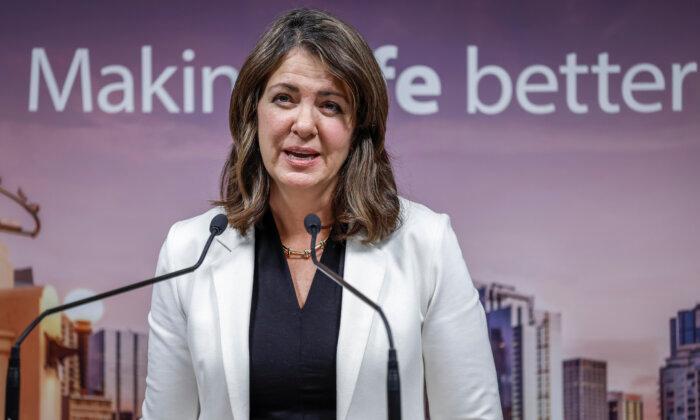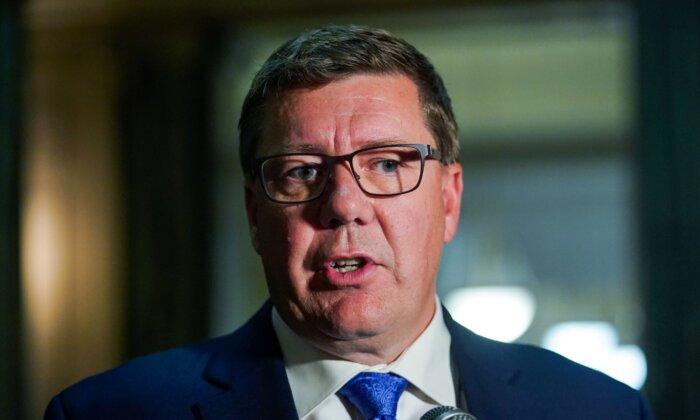Ontario schools reopened for in-person learning today after Premier Doug Ford said he “extended an olive branch” to the Canadian Union of Public Employees (CUPE), which represents 55,000 education support staff.
Ford said Bill 28, the back-to-work legislation that used the notwithstanding clause to impose a four-year contract on education workers, would be repealed if the workers returned to their jobs and allowed students to get back to school.
Contract negotiations have now resumed, following a two-day walkout that shut down many schools in the province beginning on Nov. 4.
“We said we'll repeal legislation including the notwithstanding clause if they agree to end their strikes. I’m so relieved that CUPE accepted our offer... Today kids are back in class, exactly where they belong,” Ford said at a Nov. 8 press conference.
“We’re back at the table with an improved offer, particularly for the lower-income workers,” said Ford. Details of what this offer includes are not being released while bargaining is underway.
Provincial parliament is back in session on Nov. 14 and the premier’s office said that Bill 28 will be repealed at that time. The legislature is on a break and is typically closed during Remembrance Day week so that MPPs can return to their home ridings.
“We’re repealing it on [Nov. 14],“ said Ford. ”I know all three or four parties are out there taking care of their constituents and we’ve all agreed to come back on Monday. Let’s get it done. I’m sure the opposition will pass it right away, as we will.”
The imposed contract under Bill 28 set a 2.5 percent annual wage hike for workers making less than $43,000, and 1.5 percent for those earning higher wages. The union’s last counter offer on Nov. 2 proposed the annual pay increase be set at six percent, down from the 11.7 percent that the union demanded when contract negotiations started.
CUPE Response
In a news release responding to the government’s decision on Nov. 7, CUPE national president Mark Hancock, said, “the government blinked.”“CUPE’s frontline education workers, 70% of whom are women, stood firm. They took on the Ford government. And the government blinked,” said Hancock. “We’ve shown that when our rights are under attack, our movement is strong – and we will stand up for each other.”
Laura Walton, a CUPE representative, said Bill 28 should be repealed immediately, even if MPPs have to be brought back into session.
“Kids are back in school today. We held up our end of the agreement. Why is [Ford] pushing his end of the deal off?” Walton told the Globe and Mail.
All the workers belong to CUPE’s Ontario School Board Council of Unions (OSBCU), and members include janitors, education assistants, support staff, and lunchroom supervisors.
Walton also told the Globe the union wants a “flat rate wage increase,” not a percentage.
“Percentage increases further the disparity between low-wage earners and high-wage earners, which just further drives inequity in our province,” she said. “It needs to stop.”
The matter went before the Ontario Labour Relations Board (OLRB), in a two-day hearing marathon beginning Nov. 5. A decision has not yet been issued, but could be moot if Bill 28 is repealed as promised.
Ford said at the press conference that he always needs “to consider the bigger picture” and said contract negotiations with CUPE would “have massive impacts on broader public service salaries, especially as we continue negotiating with teachers.”
“These impacts, they could cost tens of billions of dollars. That’s money we need for schools, health care, transit, and infrastructure. It’s money we need for vital services,” said Ford.





